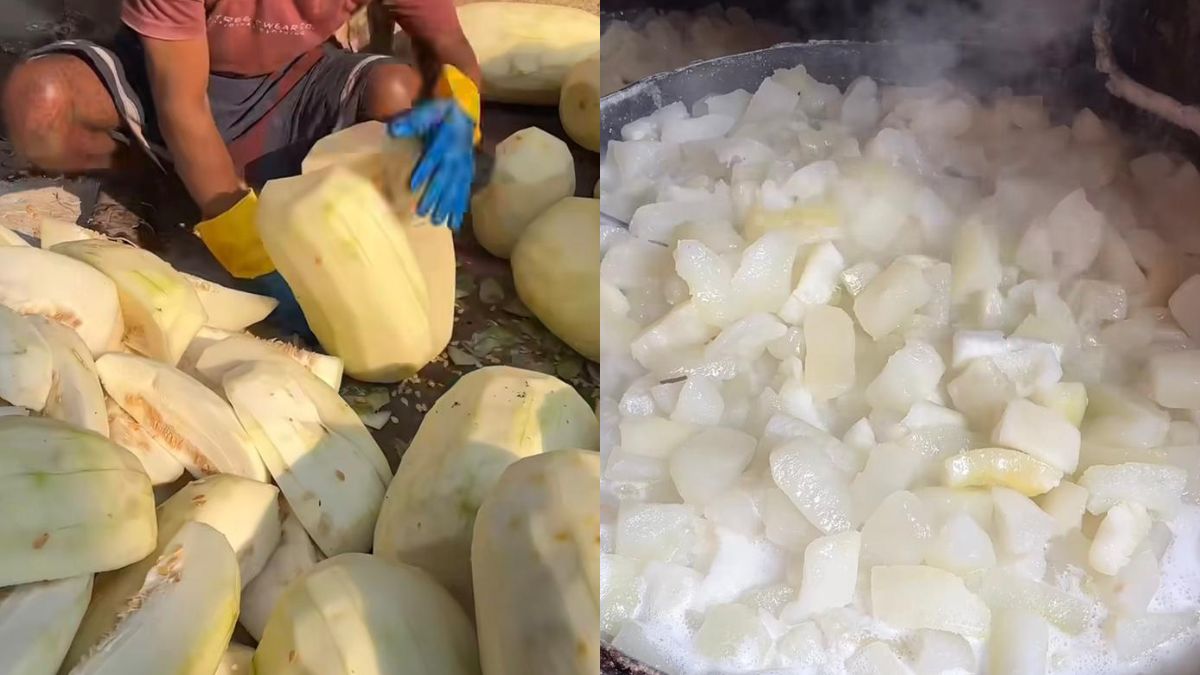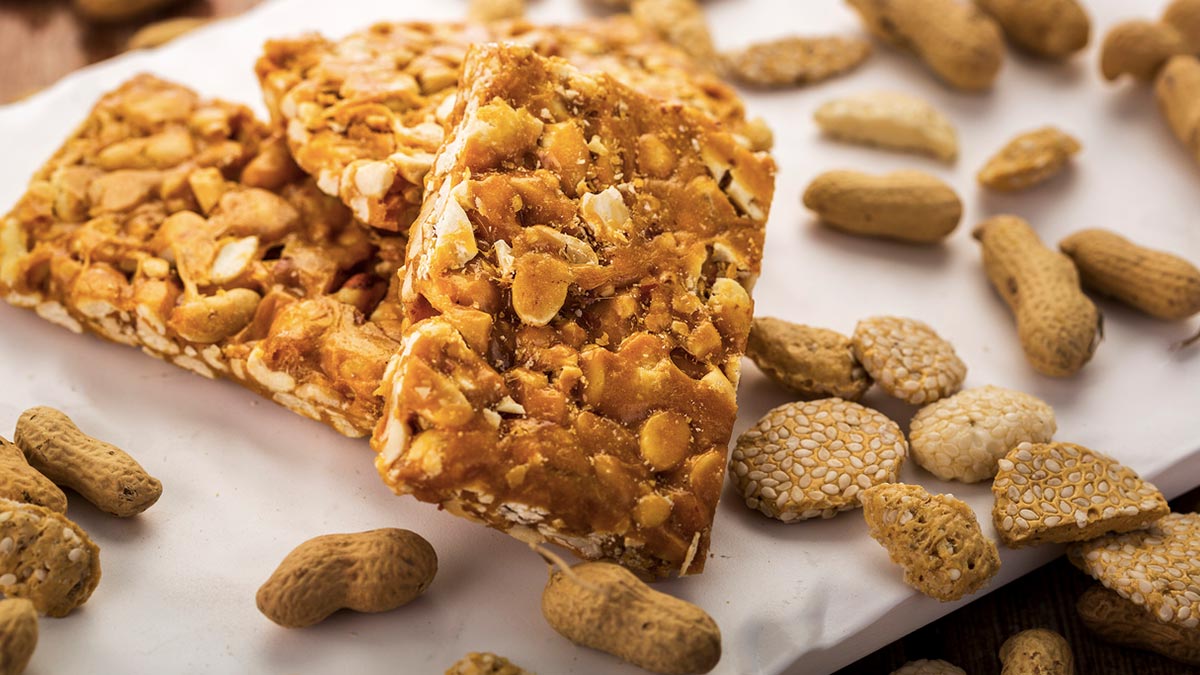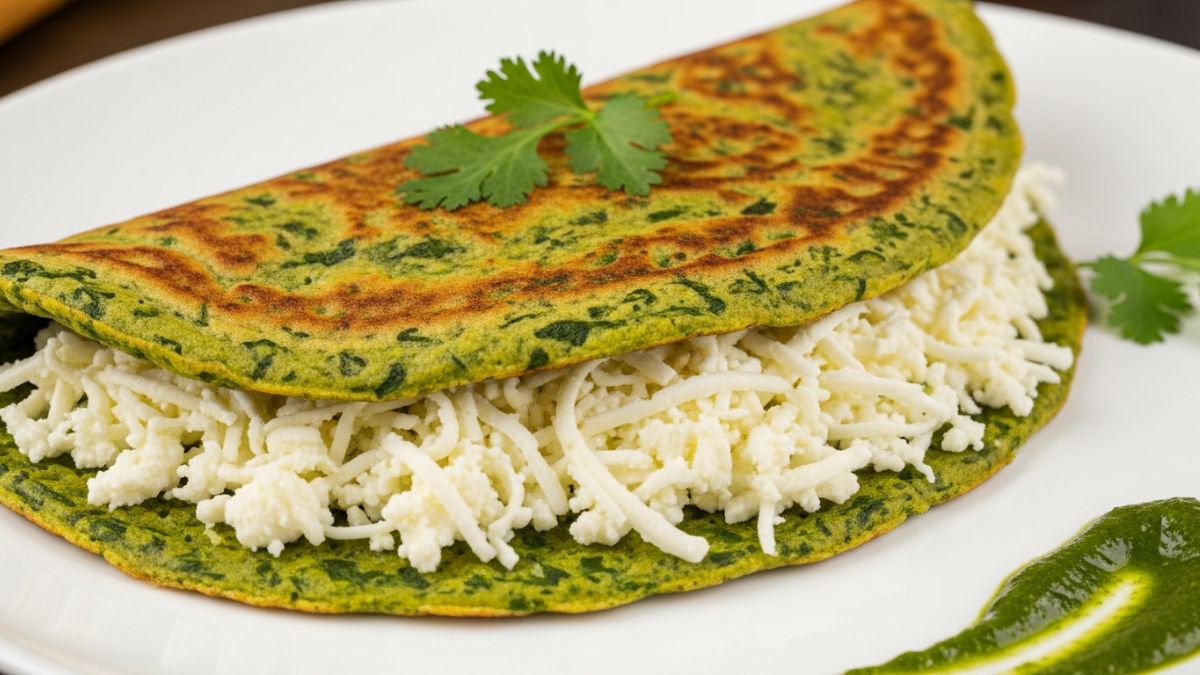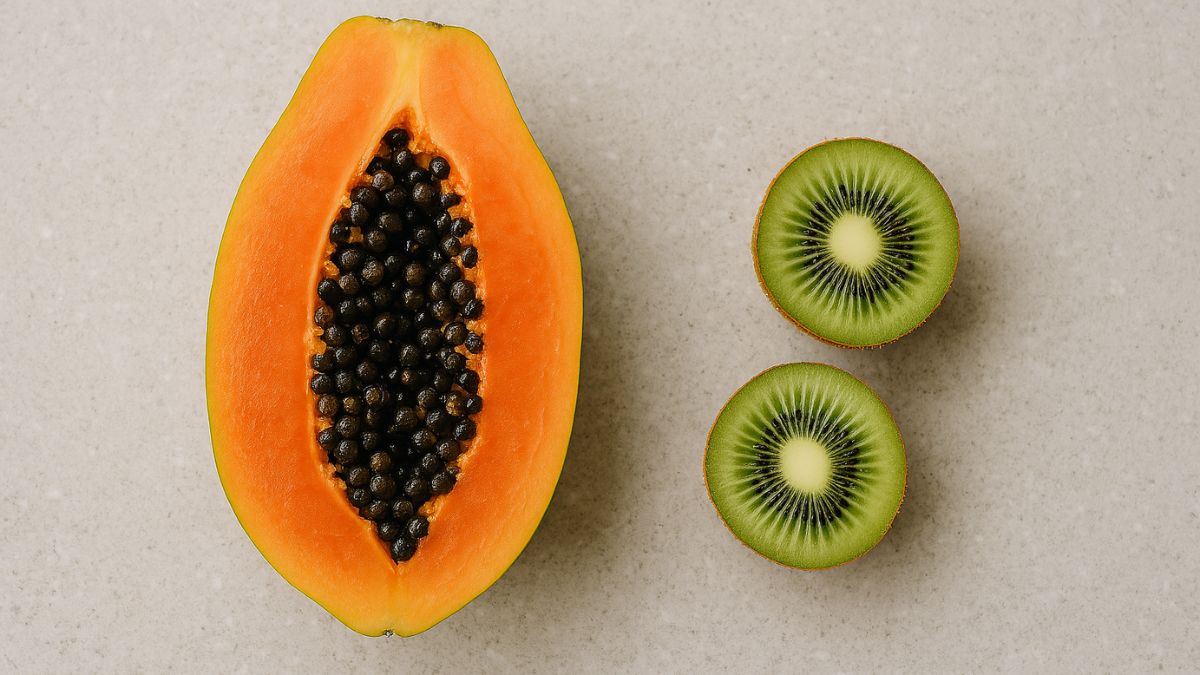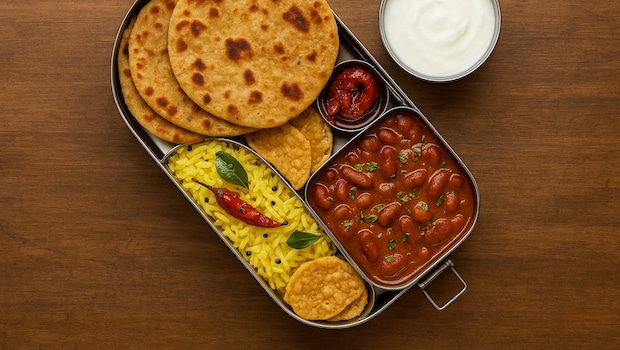There is a quiet joy in opening your lunchbox and being greeted by the aroma of warm rajma, soft rotis, or a perfectly spiced pulao. But keeping that food warm till lunchtime? That's where the challenge begins. Not every office has a microwave, and college canteens are unpredictable. And if you are travelling, reheating is not even an option. Cold food, no matter how lovingly made, rarely hits the spot. And yet, millions of Indians carry home-cooked meals every day, hoping they will stay fresh and warm.
The good news is, we have a solution for this common struggle. You don't need fancy gadgets or reheating stations. From insulated dabbas to clever packing techniques, there are smarter, time-tested ways to retain heat. Let's take you through.
Also Read: 6 Essential Tips for Choosing the Perfect Lunch Box for Kids
Why Warm Food Matters?
- Taste And Texture: Many Indian dishes, especially dals, gravies, and rice-based meals, taste the best when served warm. Cold food can alter texture, thicken sauces, and dull spices.
- Digestive Comfort: Ayurveda recommends warm meals for better digestion and energy balance. Cold food can feel heavy or cause bloating.
- Mental Satisfaction: There is a psychological comfort in eating warm food. It feels nourishing, homely, and more satisfying, especially when you are having a hard day.
Understanding Heat Retention In Tiffin Boxes:
Before we jump into hacks, let us first understand how heat behaves in a tiffin box:
1. Conduction: Heat travels from the hot food to the container walls.
2. Convection: Air inside the box circulates, distributing heat.
3. Radiation: Heat escapes from the surface of the box into the surrounding air.
To keep food warm, you need to slow down these processes. That means better insulation, smarter packing, and minimal exposure to air can help you enjoy hot and fresh meals even after hours.
Also Read: What India Packs For Lunch: A Delicious Tour Through Tiffin Boxes Across States
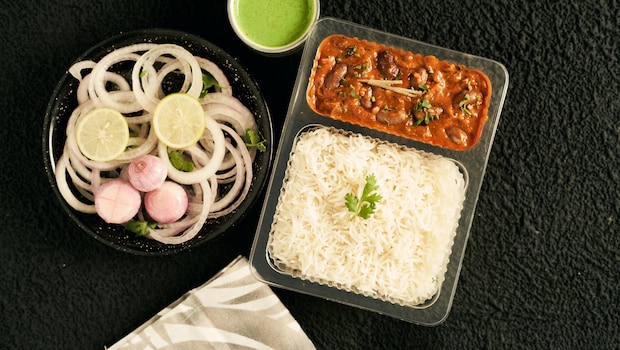
Photo Credit: Pexels
Here Are 10 Genius Tips To Enjoy Your Tiffin Without Reheating:
1. Choose the right material for your lunch box
Not all lunch boxes are created equal. Here is how different materials perform:
| Material | Heat Retention | Best For |
| Stainless Steel | Moderate | Dry items, chapatis |
| Insulated Steel | High | Gravies, rice, full meals |
| Glass | Low | Needs external insulation |
| Plastic | Low | Not ideal for hot food |
| Thermal Lunch Box | Very High | Long commutes, school lunches |
Expert insight: Invest in a double-walled insulated tiffin box that retains heat for 4-6 hours.
2: Preheat your tiffin box
Just like you preheat an oven, preheating your tiffin can make a big difference.
How to do it:
- Pour hot water into the tiffin and let it sit for 5 minutes.
- Empty the water and immediately add hot food.
- Seal the box tightly.
This reduces the initial heat loss and keeps food warmer for longer.
3: Wrap it right
Remember, insulation is the key. Here are some tried-and-tested wrapping techniques:
- Cotton napkin wrap: Wrap the tiffin in a thick cotton cloth. It traps heat and prevents surface cooling.
- Thermal bag: Use a lunch tote with thermal lining. These are designed to retain temperature and are widely available online.
- Layered pouch: Place the tiffin inside a cloth pouch, then inside a zippered bag. Multiple layers slow down heat loss.
Smart hack: Some commuters use old sweaters or shawls to wrap their lunch boxes. It may not look fancy, but it works.
4: Pack smartly
The way you pack your food, affects how long it stays warm.
- Fill to the top: Leave minimal air gaps as it accelerates cooling the cooling process.
- Layer hot items together: Keep rice and curry in adjacent compartments to share heat.
- Avoid cold add-ons: Do not pack curd, salad, or chutney in the same box. Use a separate container.
Bonus tip: If you are packing rotis, wrap them in a clean muslin cloth before placing them in the box. It retains warmth and prevents sogginess.
5: Avoid refrigeration before packing
If you are packing leftovers, make sure they are reheated before going into the box. Cold food cools the container instantly and reduces overall heat retention.
Quick fix:
- Reheat food on the stove or in a pan.
- Transfer immediately to the preheated tiffin.
- Seal and wrap.
6: Use heat packs (for longer hours)
For those commuting for hours or have late lunch breaks, reusable heat packs can be a game-changer.
- Gel-based packs: Heat them in boiling water and place them alongside the tiffin.
- Electric lunch bags: Some come with USB-powered heating pads. These are ideal for office desks.
Note: Always check safety instructions before using heat packs near food.
7: Carry a thermos for liquids
If your meal includes rasam, dal, or soup, consider carrying it in a thermos flask.
- Keeps liquids hot for 6-8 hours
- Prevents spills
- Maintains flavour and consistency
8: Time your packing
Packing food too early can lead to cooling before you even leave home.
Ideal window:
- Pack 10-15 minutes before leaving
- Ensure food is piping hot
- Seal immediately after packing
This helps trap maximum heat and reduces exposure to ambient air.
9: Cook with heat retention in mind
Some dishes retain heat better than others. If you know your lunch will sit for hours, choose wisely.
Best heat-retaining dishes include:
- Khichdi
- Rajma chawal
- Pulao
- Paneer gravies
- Stuffed parathas
Recipes to avoid:
- Dry sabzis with low moisture
- Fried items that turn soggy
- Dishes with curd or coconut milk as they spoil faster
10: Use compartmentalised boxes
Boxes with separate compartments help retain heat in individual sections and prevent mixing. Also, look for tiffin boxes with silicone seals and tight lids to prevent heat escape.
- Keeps rotis from soaking in curry
- Maintains texture of dry and wet items
- Allows better insulation per compartment
Bonus: Desi Hacks That Still Work
1. Banana Leaf Wrap: This process is widely used in South Indian homes to add aroma to the meals and retain warmth.
2. Steel Box Inside Casserole: Place your tiffin inside a hot-case casserole for added insulation.
3. Hot Water Bottle Companion: Some travellers place a hot water bottle next to their lunch bag. It is an old-school method, but extremely effective.
Also Read: How To Remove Bad Odour From Lunch Boxes - Easy Tips And Tricks

Photo Credit: Pexels
Things To Avoid While Packing Lunch:
- Do not pack cold and hot items together
- Do not open the box repeatedly before lunch
- Do not use plastic containers for hot food as they leach chemicals and lose heat quickly
- Do not rely on foil alone. It reflects heat but doesn't insulate
Have you tried any of these hacks before? Got a smart tip that works wonders for your lunchbox? Share it with us in the comments below. We would love to hear how you keep your meals warm and comforting, no matter where you are.
About Somdatta SahaExplorer- this is what Somdatta likes to call herself. Be it in terms of food, people or places, all she craves for is to know the unknown. A simple aglio olio pasta or daal-chawal and a good movie can make her day.
